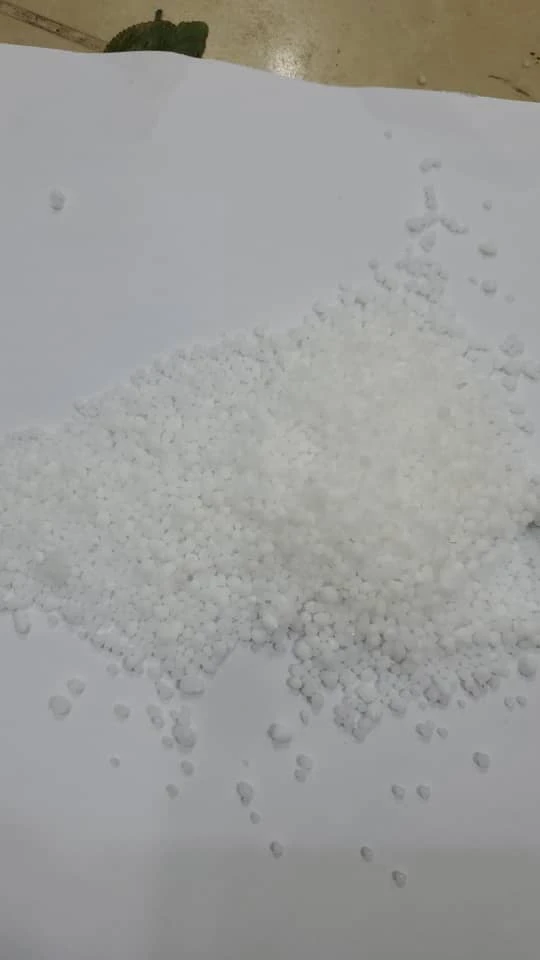



Exploring the Properties and Applications of Sodium Peroxide in Chemical Reactions and Industry
Understanding Sodium Peroxide Properties, Uses, and Safety
Sodium peroxide (Na2O2) is an interesting and highly reactive chemical compound that plays a crucial role in various industrial applications and scientific research. This compound, known for its oxidative properties, primarily exists as a bright yellow crystalline solid and has garnered attention due to its ability to generate oxygen gas and react with moisture to form hydrogen peroxide.
Chemical Properties of Sodium Peroxide
Sodium peroxide is an inorganic peroxide where each sodium ion is bonded to a peroxide ion (O2^2-). This compound is characterized by its striking yellow color, which is a result of its crystalline structure. Sodium peroxide is highly hygroscopic, meaning it can absorb moisture from the environment. When exposed to water, it reacts vigorously to produce sodium hydroxide and release oxygen gas
\[ \text{2 Na2O2 + 2 H2O } \rightarrow \text{ 4 NaOH + O2} \]
This reaction is not only significant for its oxygen release but also for the alkaline environment it creates, making sodium peroxide an important compound in various cleaning and bleaching applications.
Applications of Sodium Peroxide
One of the most notable uses of sodium peroxide is in the field of wastewater treatment. It is employed as a strong oxidizing agent to break down organic pollutants, helping to purify water and make it safe for discharge. Sodium peroxide's ability to produce oxygen gas on-demand aids in the remediation of contaminated environments.
sodium peroxide

In addition to environmental applications, sodium peroxide is utilized in the textile and paper industries as a bleaching agent. Its oxidizing properties can effectively bleach fabrics and paper products while minimizing damage compared to harsher chemicals. This makes sodium peroxide an attractive option for companies seeking environmentally friendly alternatives to conventional bleaching agents.
Furthermore, sodium peroxide finds a niche use in the field of oxygen generation. It is often included in emergency oxygen systems and life-support equipment due to its capacity to release oxygen upon decomposition. This property makes it invaluable in specialized areas such as submarines, space missions, and certain medical applications.
In laboratories, sodium peroxide is employed as a reagent in organic synthesis and reaction studies. Its ability to provide controlled oxidation allows chemists to explore various pathways for compound formation. Moreover, sodium peroxide serves as a precursor to other sodium compounds, making it a versatile ingredient in chemical manufacturing.
Safety Considerations
Despite its beneficial uses, sodium peroxide must be handled with care due to its reactive nature. It can pose a variety of hazards, including flammability and corrosivity. When it comes into contact with organic materials or flammable substances, there is a risk of combustion. Therefore, it is essential to store sodium peroxide in a cool, dry place, away from incompatible materials such as acids or phosphorous.
The inhalation of sodium peroxide dust can be harmful to the respiratory system, and exposure to the skin can cause irritation or burns. Proper personal protective equipment, including gloves, goggles, and masks, should always be used when handling this compound. In laboratory settings, fume hoods and well-ventilated areas are recommended to minimize exposure risks.
Conclusion
Sodium peroxide is a versatile compound with significant applications across various industries, from environmental cleanup to textile production. Its unique properties as an oxidizing agent and its ability to generate oxygen make it a valuable chemical in both practical and research settings. However, its reactivity and potential hazards necessitate careful handling and respect for safety protocols. Understanding sodium peroxide and its applications is crucial for harnessing its benefits while minimizing risks.
-
Why Sodium Persulfate Is Everywhere NowNewsJul.07,2025
-
Why Polyacrylamide Is in High DemandNewsJul.07,2025
-
Understanding Paint Chemicals and Their ApplicationsNewsJul.07,2025
-
Smart Use Of Mining ChemicalsNewsJul.07,2025
-
Practical Uses of Potassium MonopersulfateNewsJul.07,2025
-
Agrochemicals In Real FarmingNewsJul.07,2025
-
Sodium Chlorite Hot UsesNewsJul.01,2025










